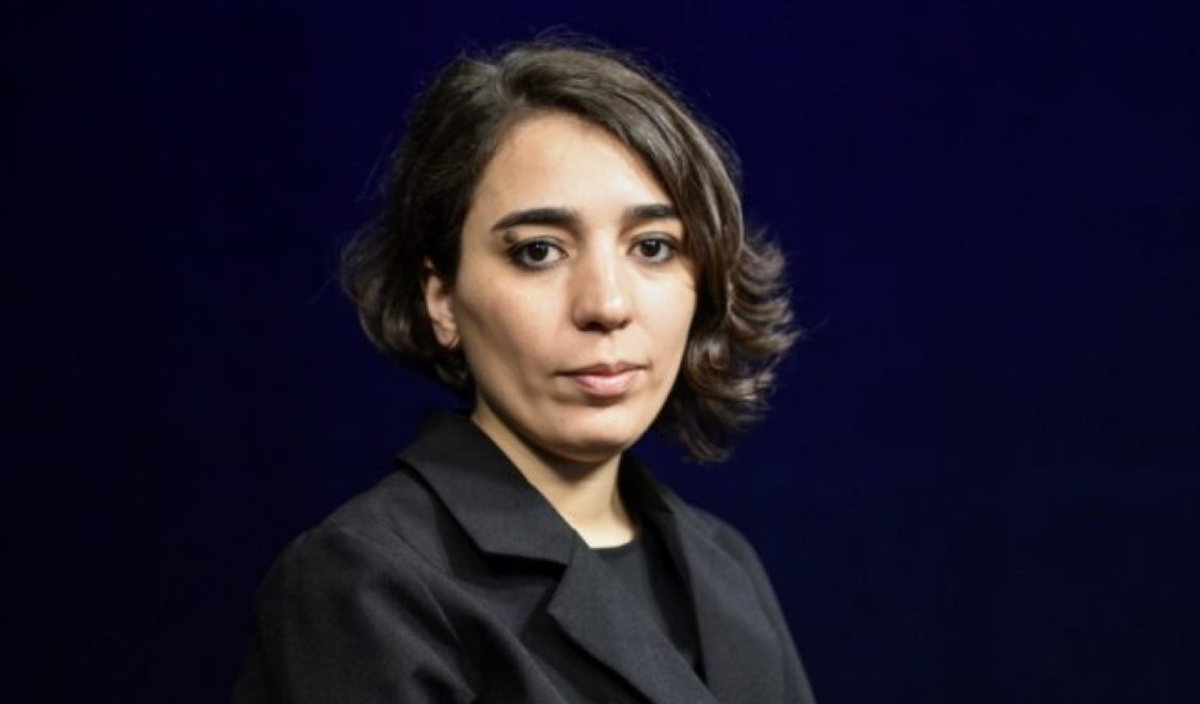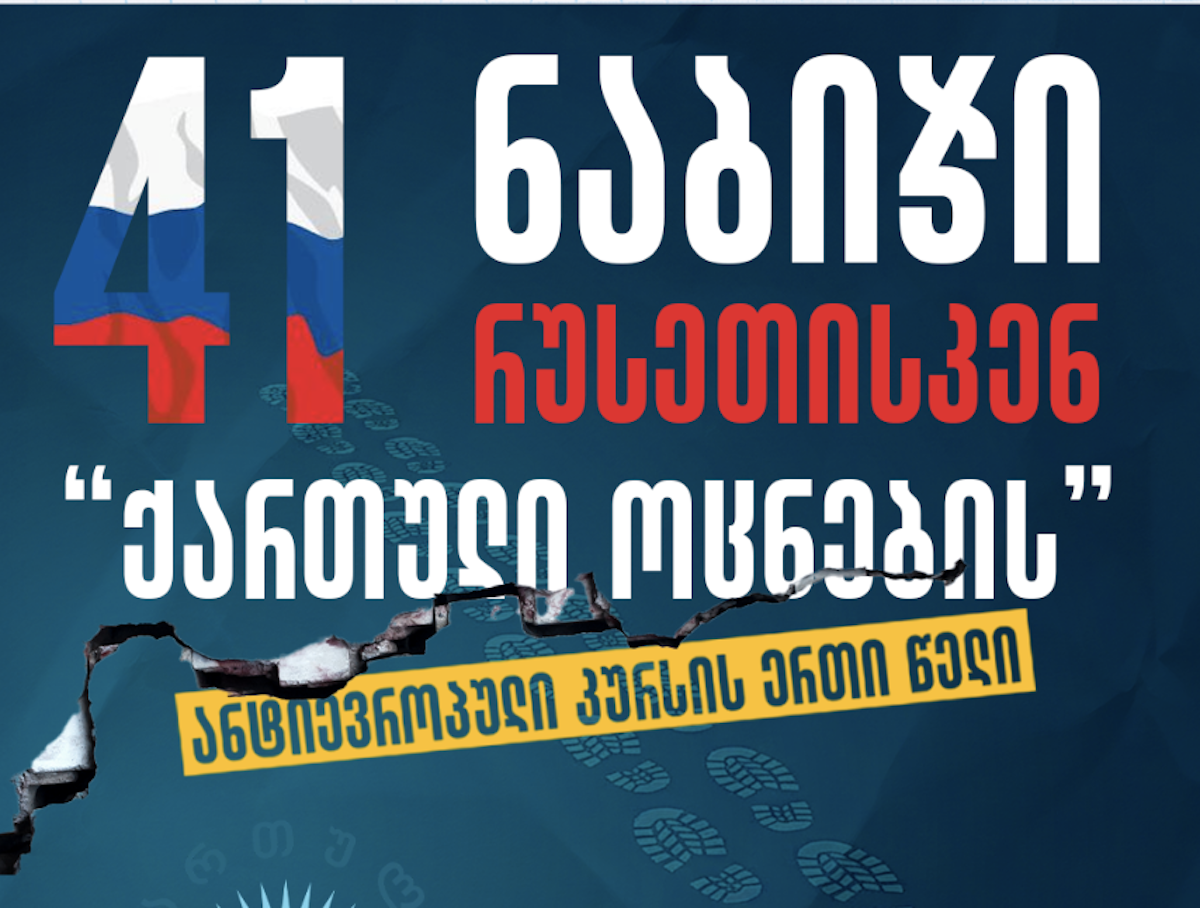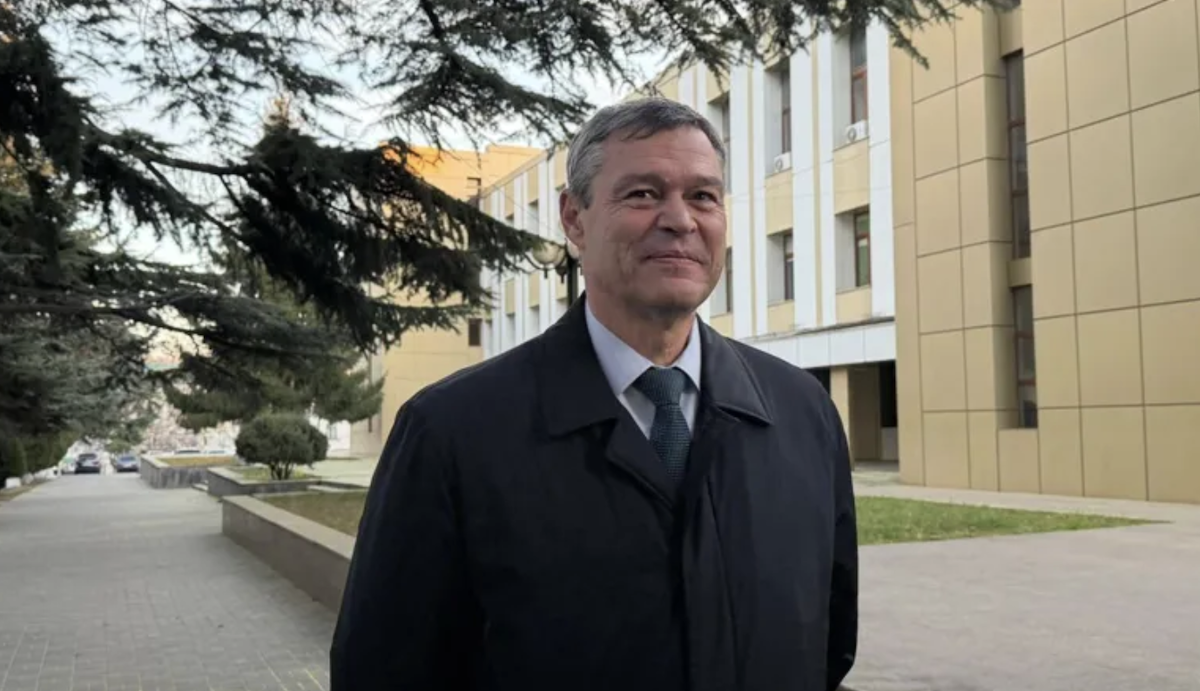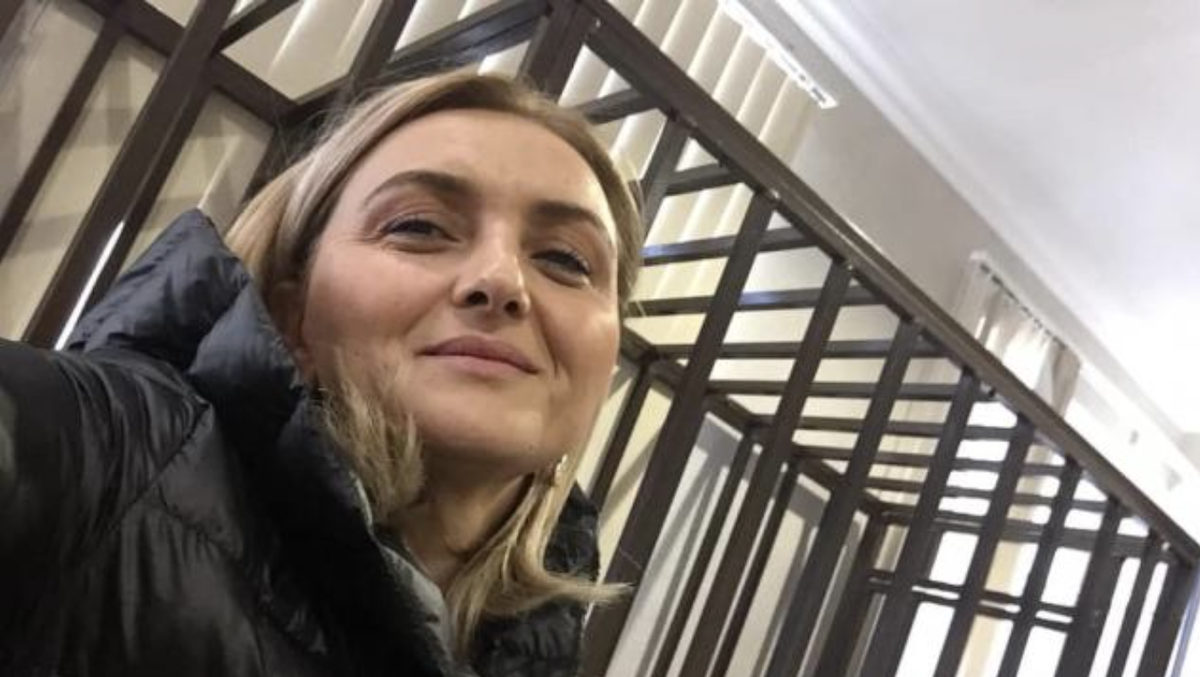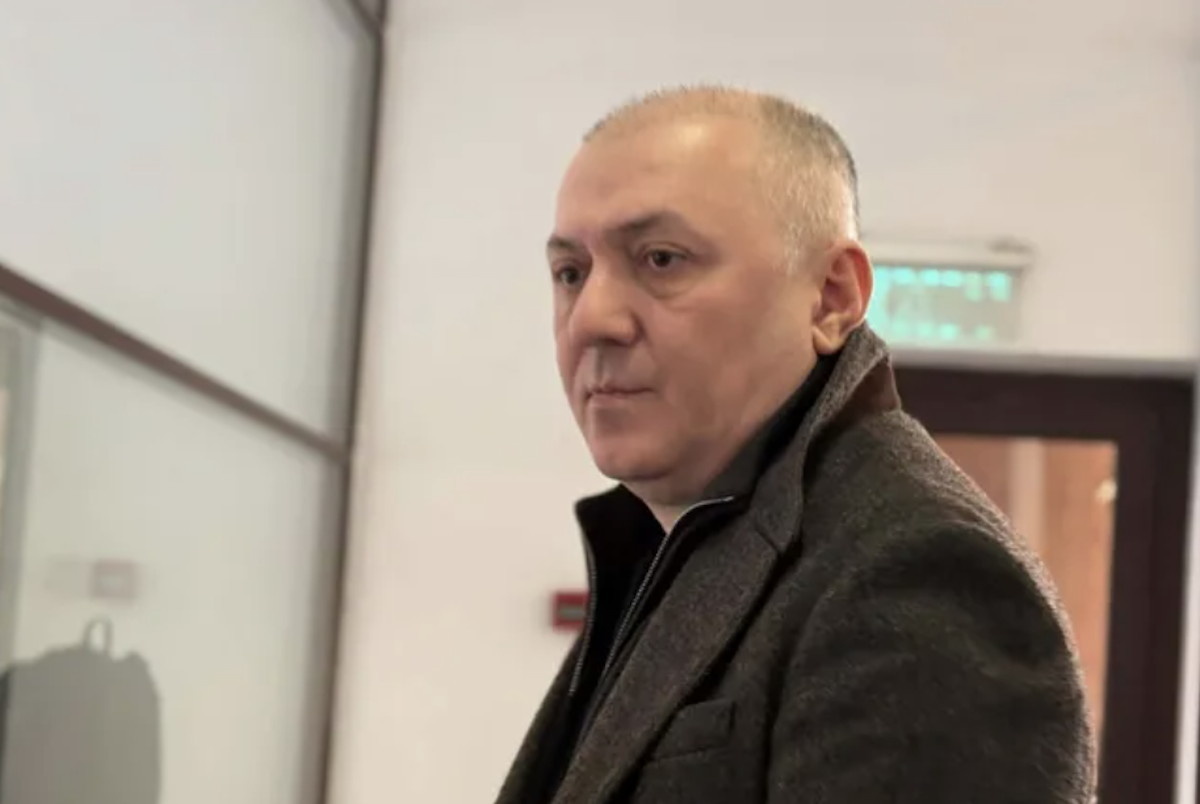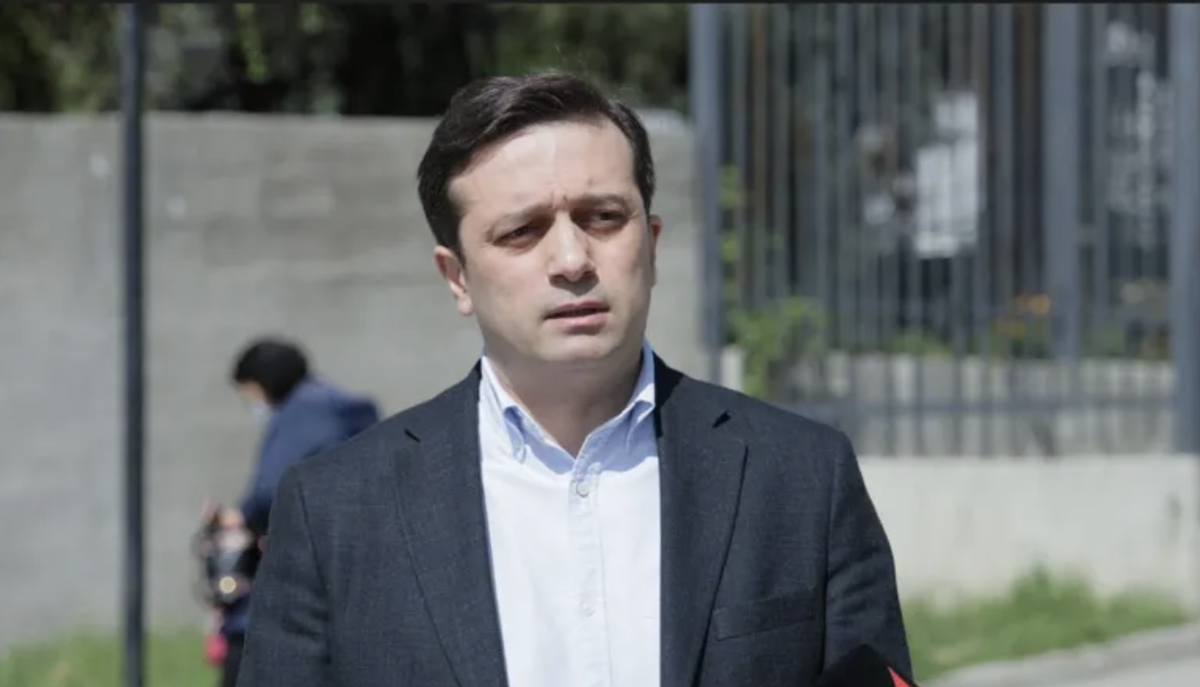Still homeless
The residents of the frontline villages, affected by shelling, were the focus of attention in April. How do they live now, when this theme is gradually becoming less relevant?
Saryjaly
There are three dwellings belonging to one family in a yard, hidden in greenery, in the village of Saryjaly, part of the Agdam district. Two houses and one tent cannot currently solve the housing problem of the Lalayev family.
A projectile hit the Lalayevs’ house at the end of the military phase of the Karabakh conflict in 1993, making the house absolutely unfit for living. It was easier to build a new one, rather than restore it. That’s what the Lalayevs did.
The second house was also destroyed by a projectile on April 2, 2016. The family is now huddling together in a 5 sq.m. tent – it’s their third home. They brought housewares and other essentials here. The tent was pitched on the ground, so now the family has to put up with the moisture, cold and the lack of basic living conditions.
Raisa Lalayeva and her husband, Ilgar Lalayev, have just returned from the fields. Their plot of land is located 10 meters from the border. “We’ve been weeding out the vegetable patches which contain tomato seedlings on the plot located opposite the Armenian post. We’re not afraid at all. We have gotten used to the sounds of firefights,” says Raisa.
Fortunately, the projectile fell on the house after they had taken the children a safe distance away. Raisa Lalayeva says that the children have not returned home yet. “I wish my children were here with me; I wish that this all would end soon, our lands were returned and we could live peacefully,” adds Raisa.
Gabyl Abyshev, the representative of the municipality of the villages of Saryjaly and Shukranly, says that all planting activities in all of the border villages have been delayed for a month due to the mortar shelling.
Azad Qaraqoyunlu
A projectile hit two neighboring houses in Azad Qaraqoyunlu village on April 3. Both houses have been seriously damaged.
Kifayat Mammadova, an internally displaced person from Agdam, is experiencing this kind of situation for the second time already. She lost her house twice, once in Aghdam, when she had to leave the district, and now for the second time, 23 years later. The house of her neighbor, Mirza Ragimov, was also destroyed.
Residents claim that the damaged houses have been already restored. According to Mirza Ragimov, a resident of Azad Qaraqoyunlu village, the the facade of her house is already finished and repair of the interior is currently in progress.
Rehabilitation has begun in many frontline villages by using the funds allocated from the Reserve Fund of the President of the Republic of Azerbaijan. It should be made an example that, in early April, President Ilham Aliyev signed a decree allocating 6 million AZN to the districts of Agdam and Terter (3 million AZN per district) in order to remove any signs of destruction from the war.
• The armed conflict between Azerbaijan and Armenia over Nagorno-Karabakh took place in 1991-1994. Since entering into a truce, the Nagorno-Karabakh Republic has existed as a de facto independent republic, not recognized by any country in the world, including Armenia. Azerbaijan considers Karabakh and the adjacent areas, acquired during the war, as occupied territories and demands their return.
• In 2016, the escalation of tension in the conflict zone lasted from April 2 till April 5. On April 5 the parties involved agreed to a ceasefire, but the firefight continues now on a smaller scale. Azerbaijan and Armenia blame each other for a violation of the agreement.
• Information provided by official sources of the conflicting parties is controversial and does not allow one to answer the question about who started the hostilities and who retaliated. International sources cannot yet answer this question either.
The opinions, expressed in the article, convey the author’s terminology and views and do not necessarily reflect the position of the editorial staff.
Published: 31.05.2016













